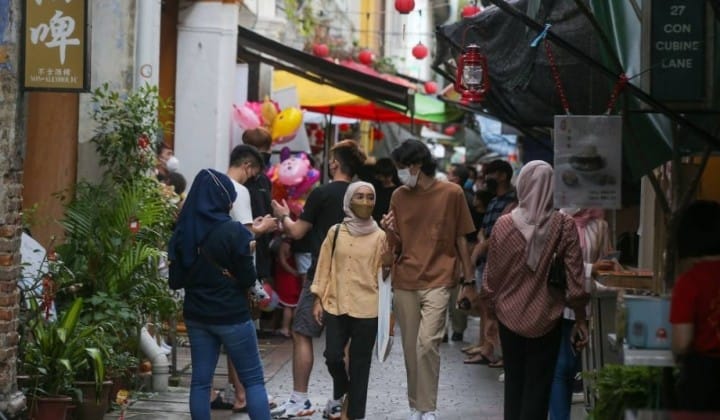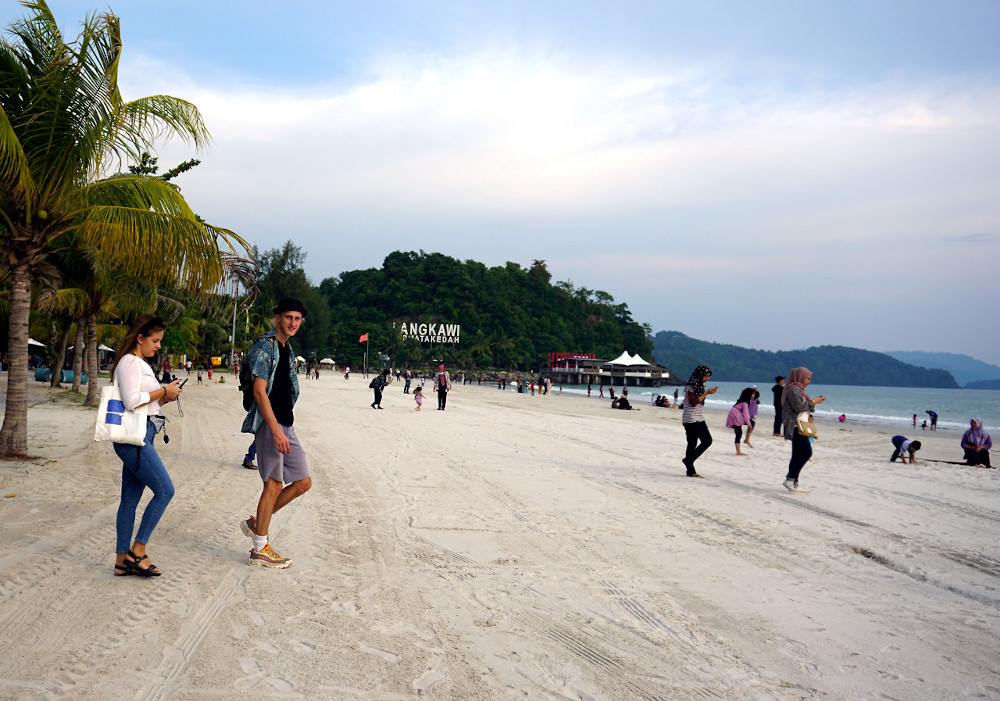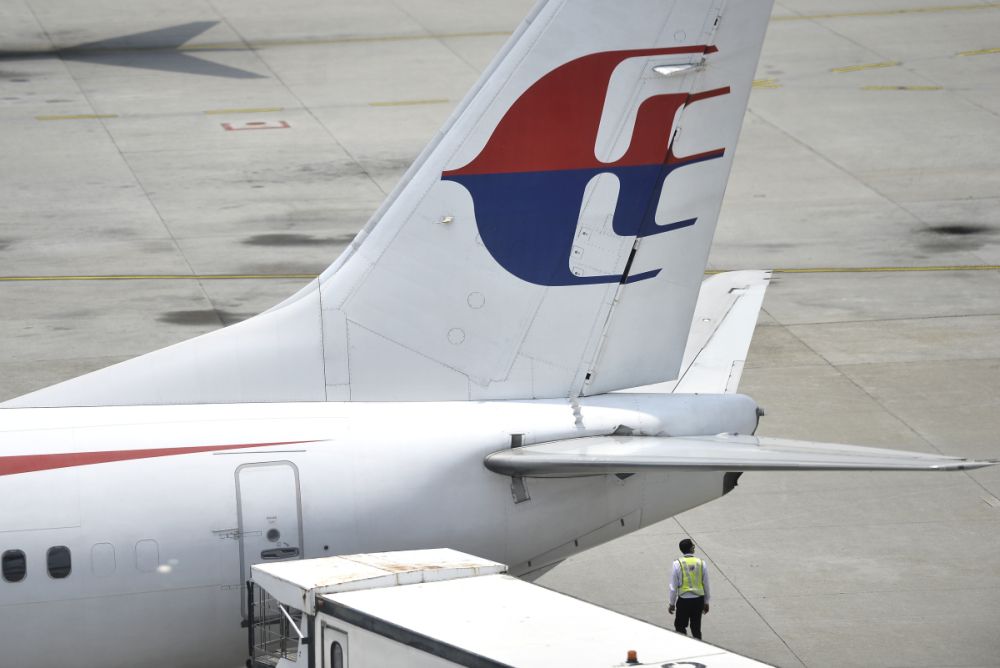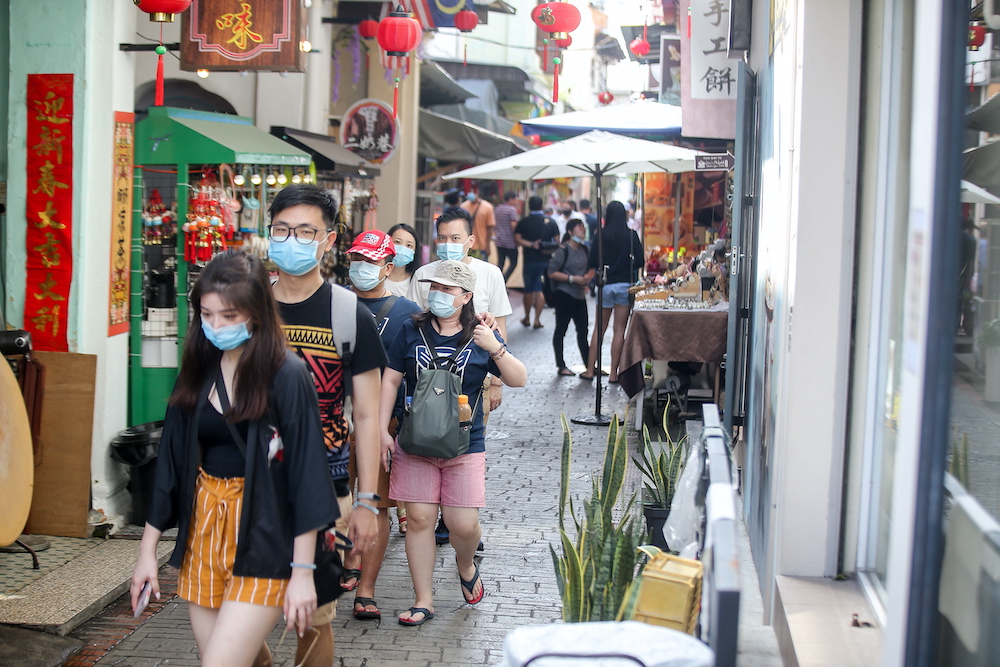Tourism Sector Headed For A Storm?

By: Professor Datuk Seri Dr Victor Wee
Taylors University, Faculty of Social Sciences and Leisure Management
Secretary General of ASEAN Tourism Research Association (ATRA)
At the start of the pandemic, the world eagerly looked forward to the Covid vaccine as the silver bullet to stop the pandemic and reboot the tourism industry to pre-pandemic days.
Countries have rolled out vaccination programmes, with many hitting “herd immunity” targets. Regardless, the Covid-19 virus continues to persist with the emergence of two new Omicron variants BA.4 and BA.5 that are more transmissible and can evade vaccination. Medical experts warn that as the virus evolves, repeat infections will be more likely, with some people running the risk of getting infected more than twice.
When Covid-19 refuses to go away, where does it leave the tourism industry in terms of its future growth prospects?
ASEAN Countries Reopening Borders
In the first half of 2022, the ten ASEAN member states cautiously opened their borders as infection rates subside. But how well has the ASEAN grouping done in opening its borders?
According to ISEAS-Yusof Ishak Institute in Singapore, the ASEAN Travel Corridor Arrangement Framework (ATCAF) did not play an effective or relevant role in promoting seamless cross-border travel. As a region, the adoption of measures was too slow, too cautious, and not coordinated.
The ASEAN countries did not adopt one standardized arrangement for the region. Individual countries acted unilaterally to get rid of cumbersome travel procedures, including pre and post-arrival testing to boost tourism. It seemed too difficult to get everyone to agree on the same standards and procedures for the region.

Massive Passenger Demand Creates Travel Chaos
In January 2022, IATA urged governments to accelerate the relaxation of travel restrictions and enable quarantine-free travel. It argued that the stringent measures had not prevented the spread of Covid-19 which was present in all parts of the world.
In the same month, World Health Organisation recommended the lifting or relaxation of international traffic bans, which it said did not provide added value and continued to cause economic and social pressures on member states. WHO also noted that given the limited and uneven distribution of Covid-19 vaccines globally, proof of Covid-19 vaccination will no longer be required as the only condition for allowing international travel.
From the second quarter of 2022, countries started to drop travel restrictions. As borders reopen, the sharp rebound in travel caused an acute labour shortage for the aviation industry. Airports and airlines were unable to cope with the massive numbers of passengers who waited for hours to check in or clear immigration. Travellers faced problems of missing baggage and flight cancellations. Some airports like London Gatwick and Amsterdam Schiphol had to limit the number of flights per day because their existing staff were unable to cope with the number of travellers.
Airports, airlines, and even caters are now scrambling to hire new staff to fill the acute shortage. The mismatch between supply and demand caused by the surge in “revenge tourism” and travel disruptions is expected to spill into the first quarter of next year, according to IATA’s estimates.
What about the former workers in the aviation industry? During the pandemic, pilots, cabin crew and ground-handling staff were laid off. Many workers had left the aviation sector and refused to return because they have found work elsewhere. The workers have switched to other less volatile careers and may not return to the travel industry.
The younger workers may return if they enjoy the job, but the senior staff may not because they are unwilling to start at the bottom of the scale.

Would the Travel Spike Last?
After more than two gruelling years of pandemic outbreaks and lockdowns, the tourism industry is naturally looking forward to a tourist resurgence. But the tourism industry may not rebound to pre-pandemic levels any time soon because of the strong headwinds of challenging economic prospects.
Some factors that dampen our optimism are higher costs of travel and reduced spending power. Air fares have increased with the higher fuel and operating costs. Flight tickets can cost anything between 25% to above 100% compared to the pre-pandemic days. Inflation is driving up the cost of living and eroding the spending power of households. After the initial euphoria of the freedom to travel, people may prefer to stay home or travel domestically.

Is There a Storm Ahead?
The World Bank’s recent warning of a global recession brought about by the pandemic and worsened by the Ukraine conflict.
Starting in 2022, the tense geopolitical situation in the West and the Ukraine-Russian war have spillover effects far beyond Europe. The dislocations from war and the seven rounds of sanctions imposed on Russia have created energy and food shortage, pushed up the prices of oil, gas, food, fertilizers, and raw materials, and affected international flight routing. These additional problems compound those that were caused by the pandemic.
The dampened economic prospects, rising costs, coupled with lower disposable income and higher unemployment are negative factors for travel.
There could be a silver lining for destinations in our region if Europe and Japan face a serious energy crunch during the winter months should the energy crisis not be resolved. Our region may see a surge of tourists from these countries trying to escape the cold winter.

Challenge for the Tourism Industry
There is a big challenge for policymakers and industry players to improve standards for service providers so that the workers are more adaptable, resilient, and technology-enabled within the industry.
Among others, this will include adopting a more robust certification process and skilling and re-skilling programmes for employees.
The pandemic has hastened the pace of transformation of jobs towards greater digitalization in the tourism industry. This is an important area of intervention for governments to help build up their battered tourism sector that has lost its workers and is now faced with a skills shortage.
A holistic strategy is required to bridge the gap between the supply and demand of workers who are equipped with digital skills. This is particularly crucial in the small and medium-scale enterprises that account for over 90 per cent of Malaysia’s tourism business.
If this is not done, the tourism industry could hardly face the impending storm ahead and meet the high service standards that tourists have taken for granted.

If you’d like to have your opinion shared on TRP, please send it via email at editorial@therakyatpost.com with the title “OPINION:” or through social media on TRP’s Facebook, Twitter, and Instagram.




